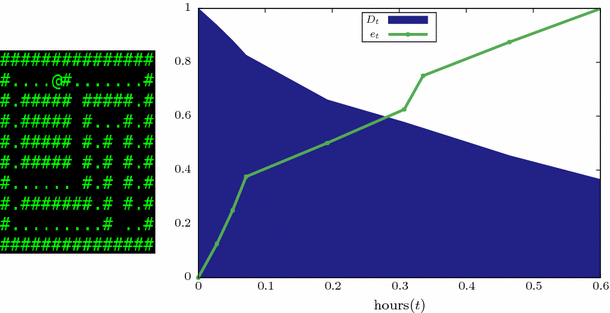Measuring the difficulty of activities for adaptive learning
Francisco J. Gallego-Durán, Rafael Molina-Carmona, Faraón Llorens-Largo,
Universal Access in the Information Society
First Online: 13 July 2017
Abstract
An effective adaptive learning system would theoretically maintain learners in a permanent state of flow. In this state, learners are completely focused on activities. To attain this state, the difficulty of learning activities must match learners’ skills. To perform this matching, it is essential to define, measure and deeply analyze difficulty. However, very few previous works deal with difficulty in depth. Most commonly, difficulty is defined as a one-dimensional value. This permits ordering activities, but limits the possibilities of deep analysis of activities and learners’ performance. This work proposes a new definition of difficulty and a way to measure it. The proposed definition depends on learners’ progress on activities over time. This expands the concept of difficulty over a two-dimensional space, also making it drawable. The difficulty graphs provide a rich interpretation with insights into the learning process. A practical case is presented: the PLMan learning system. This system is formed by a web application and a game to teach computational logic. The proposed definition is applied in this context. Measures are taken and analyzed using difficulty graphs. Some examples of these analyses are shown to illustrate the benefits of this proposal. Singularities and interesting spots are easily identified in graphs, providing insights in the activities. This new information lets experts adapt the learning system by improving activity classification and assignment. This first step lays solid foundations for automation, making the PLMan learning system fully adaptive.
Keywords
Difficulty estimation; Difficulty measure; Learning activity; Adaptive learning
